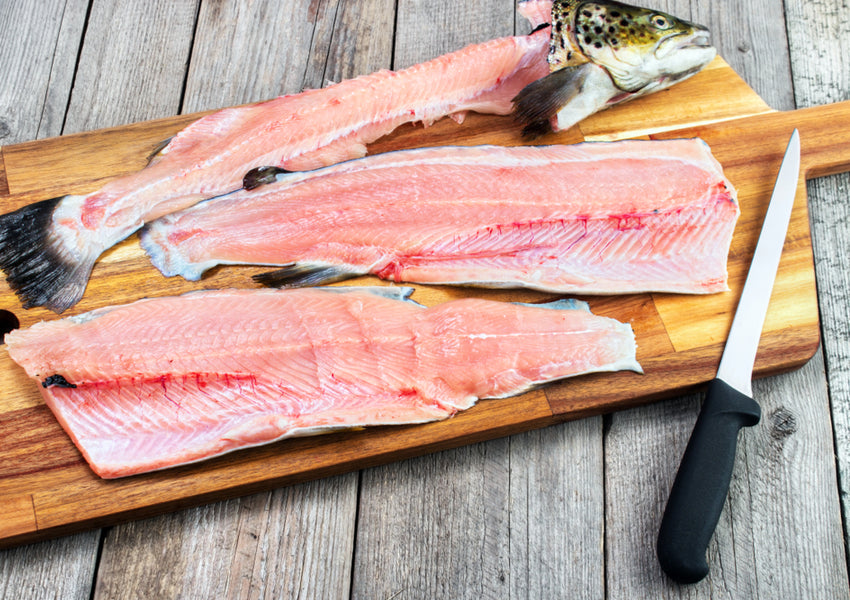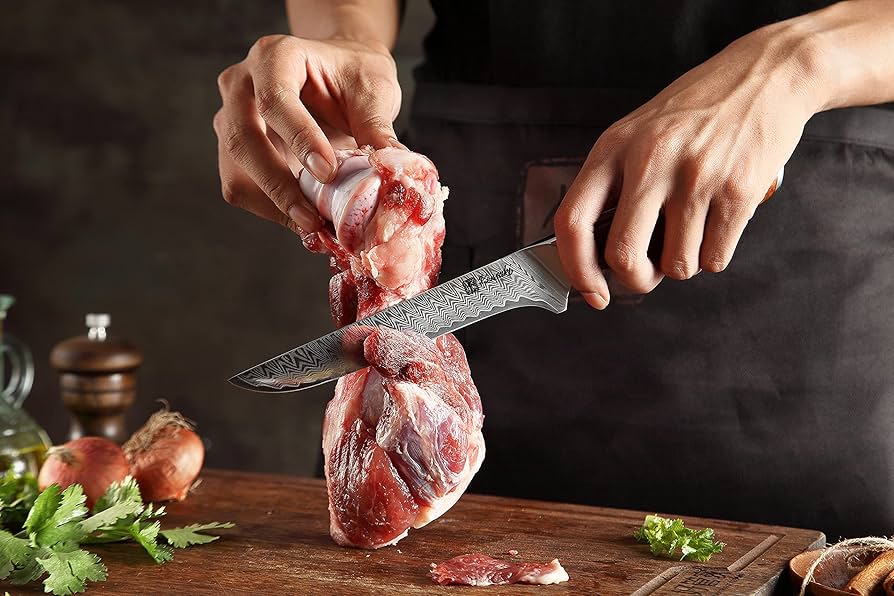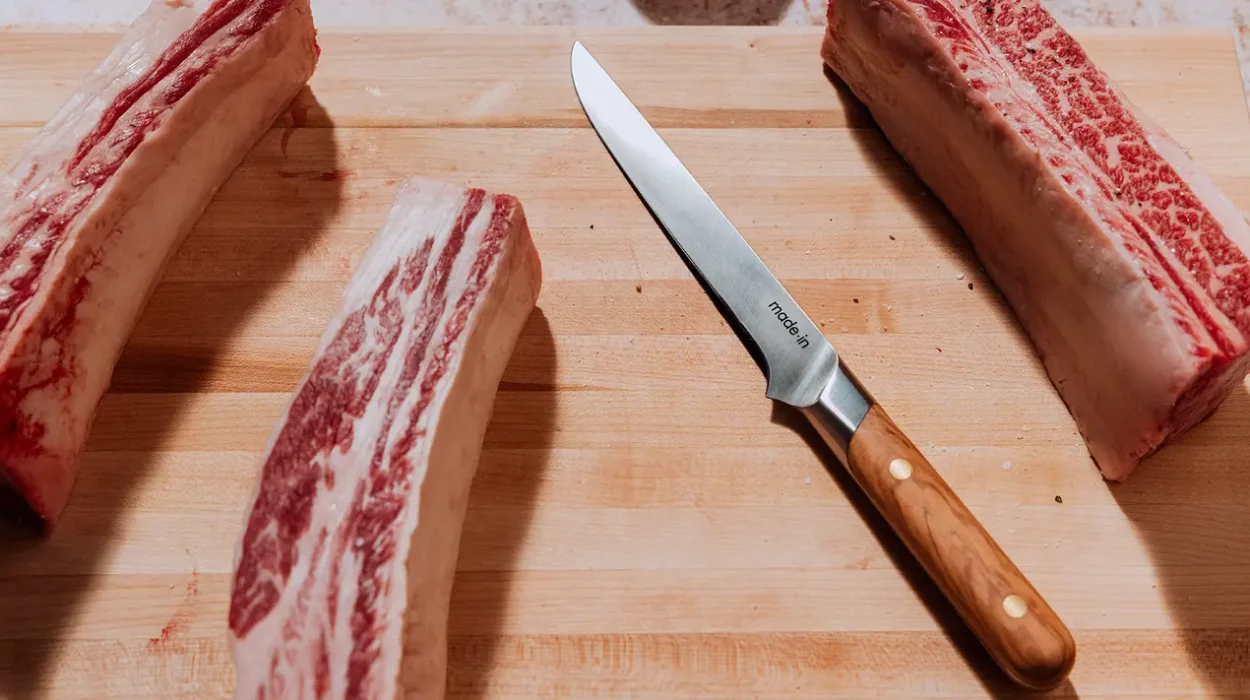When it comes to kitchen tools, having the right knife can make a world of difference. For many kitchen professionals and home cooks alike, the curved boning knife stands out as a preferred choice. But why is a curved boning knife better? Lets dive into the reasons that make this knife a must-have in any kitchen.

The Unique Design of Curved Boning Knives
The design of a curved boning knife is distinct. It features a thin, flexible blade that curves upwards. This design allows for precision cutting, making it easier to navigate around bones and joints. The curve provides better leverage and control, which is crucial when working with delicate cuts of meat.
Enhanced Maneuverability
The curved blade enhances maneuverability, allowing you to make precise cuts with ease. This is particularly beneficial when deboning poultry, fish, and other meats. The ability to glide the knife smoothly along the contours of the meat ensures minimal wastage and cleaner cuts.
Benefits of Using a Curved Boning Knife
Precision and Accuracy
One of the primary advantages of a curved boning knife is its precision. The curved design allows for more accurate cuts, which is essential for achieving professional results in the kitchen. This precision is especially important when preparing dishes that require uniform slices or when removing skin from fish.
Versatility in the Kitchen
A curved boning knife is not just limited to boning tasks. Its versatility extends to various kitchen tasks, such as trimming fat, slicing fruits, and even filleting fish. This makes it a valuable tool for both professional chefs and home cooks.
Comparing Curved vs. Straight Boning Knives
While both curved and straight boning knives have their place in the kitchen, the curved variant often wins due to its adaptability and ease of use. The differences between curved and straight knives are significant, with the curved knife offering better control, especially in intricate tasks.
Why Choose a Curved Knife?
The choice between a curved and straight knife often comes down to personal preference and the specific tasks at hand. However, the curved knife is generally favored for its ability to handle a wider range of tasks with ease and precision.
Maintaining Your Curved Boning Knife
Proper Care Tips
Maintaining a curved boning knife involves regular sharpening and proper storage. Keeping the blade sharp ensures optimal performance, while storing it properly prevents damage. For more tips on maintaining your knives, check out knife care tips.
Sharpening Techniques
Sharpening a curved knife requires specific techniques to maintain its unique shape. Using a sharpening stone or honing rod designed for curved blades is recommended to keep the edge sharp and effective.

FAQs About Curved Boning Knives
What is the best use for a curved boning knife?
A curved boning knife is best used for deboning meat, filleting fish, and other tasks that require precision cutting around bones and joints.
How do I choose the right boning knife?
Consider the type of tasks you will be performing. If you require versatility and precision, a curved boning knife is an excellent choice.
Are curved boning knives suitable for beginners?
Yes, the curved design makes it easier for beginners to achieve clean, precise cuts, making it a great option for those new to cooking.
In conclusion, the curved boning knife is a versatile, precise, and essential tool in the kitchen. Whether you’re a professional chef or a home cook, understanding why a curved boning knife is better can enhance your culinary skills and make cooking more enjoyable. For more insights, explore these knife grip styles for optimal handling and performance.
This article contains affiliate links. We may earn a commission at no extra cost to you.


